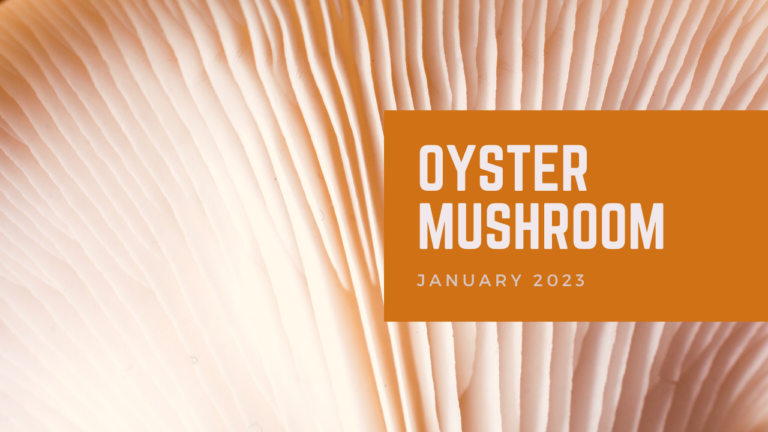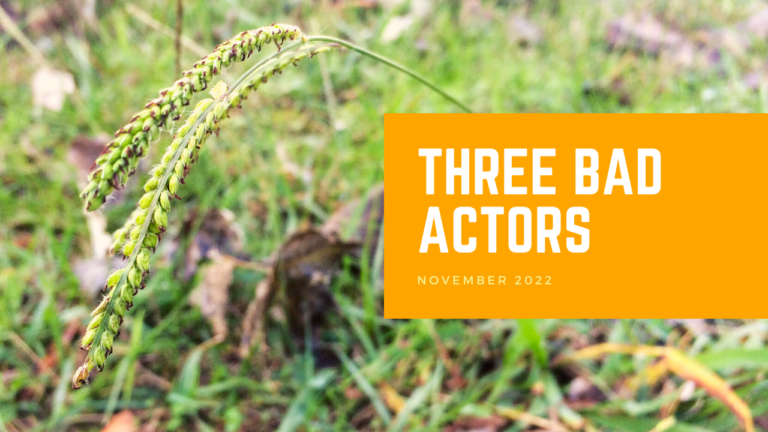Presented by Andy Sipocz
August 10, 2020
Botanical name: Rhus copallinum var. lanceolata
Common name(s): Flame-leaf Sumac, Shining Sumac, Winged Sumac, Prairie Sumac
Family: Anacardiaceae (Sumac)
[MUSIC—EASY AND FUN]
[ANDY] I did want to note that the photographer’s name is down at the bottom of these photos. That’s who took these. I want to give them credit. So, I’m going to speak about Flame-leaf Sumac today. And the proper scientific name is Rhus copallinum. I state that because the taxonomy of this is very confusing. At some point it had been broken up into six different species, but currently there’s only two varieties recognized. And R. copallinum variety lanceolata is the one that’s found in Texas.
So, there are two varieties, but the one in Texas is lanceolata. It has many, many common names. If you go to purchase, typically you’ll see it listed as either Flame-leaf Sumac or Prairie Sumac or Winged Sumac or Shining Sumac, but also has many other names. You can purchase it from native plant nurseries, or you can grow it yourself. I was able to take a cutting off of FM 517 and it was very easy to grow from a plant I found there. But it is found throughout east Texas.
So, where does it grow? It likes sandy loam soils or loamy soils. Because of that, it’s not necessarily that common in the Houston area until you get up to the north side of town where you start to see pine trees growing. If you find pine trees, you’ll probably find this tree growing alongside of them. It does need full sunlight, so you’ll find it on the edges of forests or maybe on the edge of the creek. Although not in a flood plain because it is not flood tolerant. You also find it out in prairies. It is a prairie invader. So, for example, in Brazos Bend State Park this plant is quite common there, out in the prairies, out on the mima mounds and the little dunes that are found out in the prairie. In Texas, it does grow west to Austin up to Fort Worth and then all throughout east Texas and down south to around Victoria.
What does it look like? It’s a great plant it does look like a sumac, so it looks like a large bush or a small tree. It does live up to its name in that in the fall the leaves are exactly what you see here in the photo—bright red. Gorgeous. It’ll get to about 15 feet tall. It does form clumps that will sprout from rhizomes. So, it’ll spread vegetatively and form a nice dense clump. Generally, as long as it has a fairly well-drained soil it’s going to do well. It does need full sun. I think it should be planted in a raised bed otherwise, once it’s established, it may start to take over other areas out in your yard through root suckers.
So, everybody always asks, “Can you eat it?” You know, I don’t know. You can eat this. You can eat the berries. People do use the berries. They make a drink out of it, a lemonade-like drink. You steep it and then just like you would make a tea. Iced tea. I’ve never tried it. Maybe somebody has, but I hear it can be quite good.
Propagation. There are boy and girl sumacs. They both have flowers. However, the boys only have the male flowers the females only have the female flowers. The one I have in our yard flowered the first time this year, it turned out to be a boy. There’s no fruit on it. I was really disappointed. But if it is a female, it’ll have the clusters of red berries and they’ll hang on there for quite a while. And it’s really beautiful. If you want to grow it, you can grow it from cuttings or you can take the seeds and scarify them by putting them in like vinegar or some sort of a weak acid. Or you could very gently scarify them on a piece of fine sandpaper.
I guess that’s it. Thank you.
[MUSIC—AND THAT’S IT]
Related Posts

Plant of the Month: Woolly Bluestar
Our Plant of the Month for February 2023 is Amsonia tomentosa, commonly known as Woolly Bluestar, Woolly Amsonia, Small Leaved Amsonia, or Gray Amsonia.

Plant of the Month: Oyster Mushroom
Our plant of the month for January isn’t a plant at all, it’s a fungus!
Botanical name: Pleurotus ostreatus
Common name(s): Oyster Mushroom, Pearl Oyster Mushroom

Spotlight on Invasives: Three Bad Actors
Spotlight on Invasives: Johnsongrass (Sorghum halepense), Southern Crabgrass (Digitaria ciliaris), and Dallisgrass (Paspalum dilatatum)


